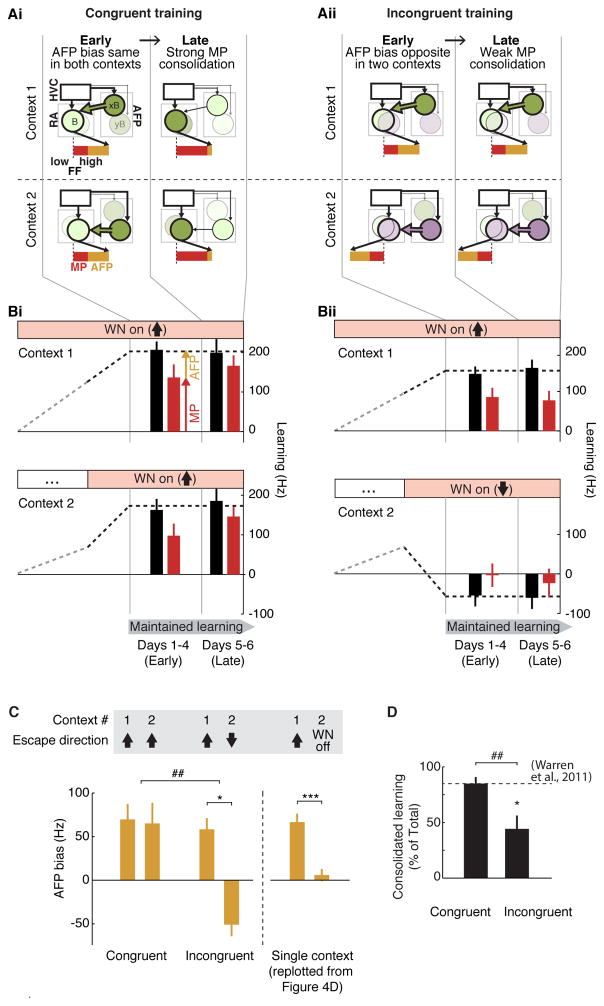Figure 5. Conflicting AFP bias interferes with consolidation for context-specific learning.
(Ai, Aii) Model predictions for Congruent and Incongruent training. For Congruent training (Ai), we predicted that during early learning there would be similarly directed AFP bias in both context 1(xB) and context 2 (yB) for the target syllable B (“Early”, thick green arrows from both contexts 1 and 2). These biasing signals would act synergistically to drive strong consolidation in the overlapping downstream motor pathway representation of the syllable (“Late”, dark green circles in RA), so that expression of learning would become independent of the AFP. For Incongruent training (Aii), we predicted that during early learning there would be oppositely directed AFP bias across contexts (“Early”, thick green arrow in context 1 biasing FF upwards, and thick purple arrow in context 2 biasing FF downwards). These biasing signals would drive opposing modifications to the overlapping motor pathway representation and impair consolidation (“Late”, light circles in RA), so that expression of learning in both contexts would remain dependent on context-specific AFP biasing signals
(Bi, Bii) Summary data for Congruent and Incongruent training (n = 5 Congruent experiments and 7 Incongruent experiments in 6 birds). Bar plots showing mean ± SEM effects of LMAN inactivation at early and late time points of maintained learning are overlaid on lines schematizing trajectories of learning for Congruent (Bi) and Incongruent (Bii) experiments (see Methods). Early and late periods are defined relative to a maintained learning period (see Methods).
(C) AFP bias in the early period (days 1–4) of maintained learning was highly context-specific and appropriate for each type of training (sample sizes as in (B)). Bars represent mean (± SEM) AFP bias, measured as the amount by which learning reverted towards baseline while LMAN was inactivated. *, p < 0.05, signed-rank test; ##, p < 0.005, rank-sum test. AFP bias measured in a separate set of experiments driving learning in only a single target context is reproduced from Figure 4C and plotted here for comparison (n = 13 experiments in 7 birds, ***, p < 0.0005, signed-rank test).
(D) Consolidation in the late period (days 5–6) of maintained learning was strong for Congruent training, but reduced for Incongruent training. Bars represent the mean (± SEM) percentage of learning that was still expressed when AFP output was blocked (and was thus dependent on the motor pathway and not on the AFP). Dashed line represents magnitude of consolidation from a previous study driving learning for syllables that were only sung in stereotyped sequences (Warren et al., 2011). Data are shown for learning in the first context, because the magnitude and trajectory of learning in the first context was matched between training types (see Methods); however, significance of these results were unaffected if we used both contexts (Figure S5A). *, p < 0.05, signed-rank test vs. 100%; ##, p < 0.005, rank-sum test.
See also Figure S5.

